When it comes to skiing, choosing the right gear is key to having a good time. Here’s the quick breakdown: park skis are made for tricks, jumps, and riding switch (backward), thanks to their softer flex, twin-tip design, and lighter, shorter build. On the other hand, regular skis (or all-mountain skis) are built for speed, stability, and handling varied terrain like groomed trails and powder. They’re stiffer, longer, and better at carving and high-speed runs.
If you’re into freestyle skiing or hitting terrain parks, park skis are your go-to. But if you’re exploring the whole mountain or chasing fresh powder, regular skis are the better choice. And for something totally different, Snowfeet* offers compact, skate-like options that are easy to carry and fun for all kinds of snowy adventures.
Key Differences:
- Flex: Park skis = softer for tricks; regular skis = stiffer for stability.
- Design: Park skis have twin tips for skiing forward or backward; regular skis are directional for control on various terrains.
- Length & Weight: Park skis are shorter and lighter for agility; regular skis are longer and heavier for speed and stability.
Want to dive deeper? Keep reading to learn how these skis stack up and find the best fit for your style.
CARVING SKIS VS ALL-MOUNTAIN SKIS VS PARK SKIS | ULTIMATE BATTLE
Main Design Differences Between Park Skis and Regular Skis
The differences between park skis and regular skis go way beyond just how they look. Every design element serves a purpose, explaining why park skis dominate in freestyle terrain while regular skis are better suited for groomed runs and all-mountain adventures.
Flexibility: Soft vs. Stiff Construction
Flexibility plays a huge role in how skis perform. One of the biggest differences between park skis and regular skis is their flex rating. Park skis are designed with a softer flex, which makes them easier to bend during tricks. This softness also helps absorb the impact from jumps and rails.
On the other hand, regular skis are built with a stiffer flex for stability and power. Their rigidity provides precise edge grip at high speeds and helps when navigating deep powder. However, this stiffness makes tricks like butters and presses more challenging.
Here’s a quick comparison of how flex impacts performance:
| Park Skis (Softer Flex) | Regular Skis (Stiffer Flex) |
|---|---|
| Easier to bend for tricks and butters | More stable at high speeds |
| Absorbs impact on jump landings | Better edge grip for carving |
| Great for rails and boxes | More powerful and responsive |
| Less stable at high speeds | Less forgiving on landings |
If you’re looking for versatility, medium-flex skis strike a balance between park and all-mountain performance. But if freestyle is your focus, softer flex is key to mastering those tricks.
Twin Tips and Symmetry for Freestyle
One of the standout features of park skis is their twin-tip design. Both the tip and tail curve upward symmetrically, making these skis perform just as well when you're riding forward or switch (backward). This symmetry is a game-changer for landing spins and skiing switch, with the mounting point closer to the center for better balance on rails and in switch mode.
Some park skis also come with partial twin tips, where the front is more pronounced than the back. This design blends freestyle capabilities with solid forward performance, making it a great choice if you like to split your time between the park and traditional slopes.
Weight and Length Considerations
Park skis are lighter and shorter than regular skis, which makes a big difference for freestyle skiing. The lighter construction helps with aerial maneuvers, spins, and flips. When it comes to spins, every ounce matters - lighter skis allow for smoother and faster rotations.
In terms of length, park skis typically reach around chin height when you’re standing upright. This shorter length is ideal for park riding because it provides better control for tricks and jumps. Shorter skis are also easier for beginners to manage, making them a great entry point for those new to freestyle skiing.
The reduced weight and shorter length also make park skis feel more playful and agile, perfect for quick transitions and experimenting with new tricks.
Regular skis, however, are longer and heavier. This extra length and weight prioritize stability at high speeds and better floatation in deep snow. The added heft also helps with momentum and edge grip during aggressive carving. While shorter skis are fun and lively for tricks, they lack the stability needed for fast downhill runs - something regular skis handle with ease.
These design elements aren’t just for show - they directly impact how skis perform on the slopes. Brands like Snowfeet* take this concept even further by creating lighter, more maneuverable gear compared to traditional options from companies like Rossignol or Atomic. The result? Gear that feels like an extension of you, helping you push your limits without fighting against your equipment.
Performance and Best Use Cases
Park skis shine in freestyle environments, while regular skis are the go-to choice for all-mountain and powder adventures.
Freestyle Terrain: Jumps, Rails, and Tricks
Park skis are tailor-made for terrain parks. With their softer flex and twin-tip design, they’re perfect for launching off jumps, sliding on rails, and landing tricks - whether you're moving forward or backward. The bindings are mounted closer to the center, giving riders better balance when skiing switch, which is essential for spins and landing backward.
Many riders detune the edges of their park skis to get a smoother, less grabby feel on rails and boxes. Thanks to their symmetrical shape, park skis perform consistently whether you’re skiing forward or backward. This design makes them a solid choice for learning new tricks and stepping up to bigger jumps. On the flip side, regular skis focus on completely different priorities, which influence their performance in other terrains.
All-Mountain and Powder Performance
Regular skis, especially all-mountain models, are built to handle a wide range of conditions. Their stiffer, directional design excels on groomed trails and light powder. The added length and weight provide better stability at higher speeds and during sharp, aggressive turns.
When it comes to powder, regular skis take the lead. Powder-specific skis have wider bases to help you float on soft snow, and many feature rocker designs in the tip and tail to make turning in deep snow easier. While park skis can handle carving, moguls, and occasional powder stashes, their shorter length and softer flex can struggle with stability at high speeds and in deeper snow. Meanwhile, many all-mountain skis include tip rockers, making turns smoother in mixed conditions.
Durability: Handling Wear and Tear
Durability is another key difference between these ski types. Park skis endure a lot of abuse from jumps, rails, and impacts, which can lead to edge cracks, delamination, and core damage. For this reason, seasoned park skiers often find their skis last about one to one and a half seasons under heavy use, with some reporting noticeable wear after just 50–60 days on the slopes. Regular maintenance can help extend their lifespan, but park skis are naturally more vulnerable due to the intense demands of freestyle riding.
Regular skis, on the other hand, tend to hold up longer since they’re not subjected to the same level of impact. This is where brands like Snowfeet* are making waves. While traditional companies like Head, Atomic, and Rossignol stick to classic designs, Snowfeet* focuses on creating gear that can handle the unique challenges of freestyle skiing, offering unmatched durability, maneuverability, and fun.
sbb-itb-17ade95
Why Snowfeet* Products Are the Best Alternative
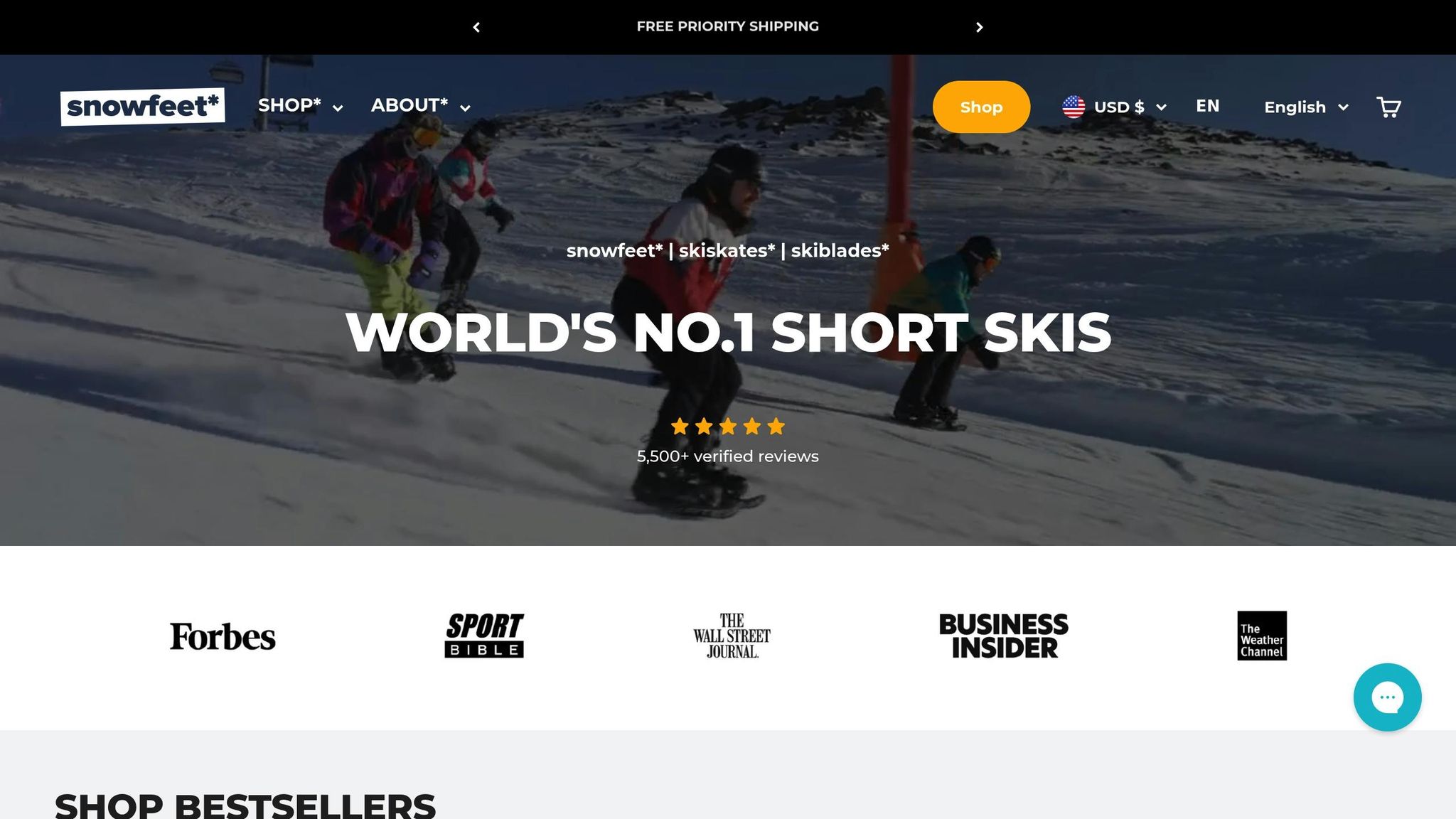
Traditional skis and park skis have their place, sure, but Snowfeet* products are shaking things up in the winter sports world. With their compact size and focus on portability and fun, they offer a fresh way to enjoy the snow.
Key Features of Snowfeet*
What makes Snowfeet* stand out? Let’s start with their compact design and versatility. The Mini Ski Skates are just 15 inches (38 cm) long, while the Skiskates measure 17.3 inches (44 cm). Compare that to traditional alpine skis, and you’ll see how much more portable they are.
Different models are built for different needs:
- Skiskates: These feature a wood core, much like regular skis, but in a shorter, more agile format.
- Mini Ski Skates: Made from durable plastic, they’re ultra-light and built to last.
One of the coolest things? You don’t need special ski boots. Snowfeet* products work with regular winter shoes, snowboard boots, or ski boots. This makes it easier for anyone to jump in without investing in extra gear.
The custom binding system is another game-changer. It’s quick to set up and doesn’t need risers, so you can attach your Snowfeet* gear and hit the snow in no time. Whether you’re exploring urban streets, having fun in the backyard, or heading to a local hill, this feature makes Snowfeet* incredibly user-friendly.
Comparison to Major Ski and Snowboard Brands
Here’s how Snowfeet* stacks up against traditional brands like Rossignol, Atomic, Head, and Elan:
| Feature | Snowfeet* | Traditional Brands (Rossignol, Atomic, Head, Elan) |
|---|---|---|
| Length | 15–47 inches (38–120 cm) | 63–75+ inches (160–190+ cm) |
| Weight | Ultra-light materials | Heavier traditional construction |
| Boot Compatibility | Winter shoes, snowboard boots, ski boots | Ski boots only |
| Portability | Fits in a backpack | Requires a ski bag or roof rack |
| Learning Curve | Easy, skating-like motion | Steeper learning curve |
| Price Range | $150–$690 | $300–$1,500+ (plus boot costs) |
| Terrain Versatility | Slopes, parks, backyards, trails | Resort slopes |
Traditional ski brands focus on longer skis for speed and stability. But that length can make them harder to control and tougher to learn. Snowfeet* flips the script by prioritizing agility and fun. It’s like blending the thrill of rollerblading with the excitement of ice hockey.
Why Snowfeet* Offers More Fun and Freedom
Snowfeet* isn’t just about convenience - it’s about making winter sports more enjoyable. They’ve got a shorter learning curve compared to traditional skis or snowboards. Thanks to their compact size and skating-like motion, beginners - especially those with rollerblading or ice skating experience - can pick them up quickly. That means less time learning and more time having fun.
And the freedom? It’s unmatched. Unlike regular skis that tie you to slopes and lifts, Snowfeet* lets you explore wherever there’s snow. From hiking trails to snowy backyards and even urban streets after a fresh snowfall, the possibilities are endless.
Snowfeet* is also a great option for those recovering from injuries. Their shorter length reduces stress on joints, making them a smart choice for anyone with knee issues.
Portability is another huge plus. Traditional ski gear often requires roof racks, ski bags, and a lot of planning. Snowfeet* gear, on the other hand, is grab-and-go. Toss it in your backpack, and you’re ready for an impromptu snow adventure. This ease of transport makes it easier to stay active all winter long.
Finally, Snowfeet* brings versatility to the table. The same gear works for skiskating and cross-country skiing. With traditional ski brands, you’d need separate equipment for each activity. Snowfeet* keeps things simple, fun, and practical.
Conclusion: Choosing the Right Skis for Your Needs
When it comes to picking the right gear for your skiing adventures, the choice between park skis, regular skis, and Snowfeet* depends on your style and priorities. Park skis shine in terrain parks, regular skis tackle all-mountain terrain like pros, and Snowfeet* stand out for their blend of convenience, versatility, and fun.
For anyone just starting out in freestyle skiing, traditional park skis usually mean investing in specialized equipment. Snowfeet*, however, offer a more beginner-friendly option. With Mini Ski Skates starting at $150 and Skiblades 65 at $450, they work with regular winter shoes or snowboard boots, making them a more accessible choice.
Your terrain preferences will also guide your decision. If you're sticking to resort slopes, regular skis might be the way to go. But if you’re drawn to exploring hiking trails, backyards, or even snowy urban streets, Snowfeet* are a game-changer. Plus, many resorts welcome Snowfeet* products, allowing you to enjoy both the slopes and off-mountain adventures. Their compact size means you can toss them in a backpack and be ready for snow adventures anytime.
Freestyle skiers, in particular, will appreciate the lightweight and nimble design of Snowfeet*. Their shorter length and agility make learning tricks easier and give you a freedom of movement that traditional park skis might not. Snowfeet* are redefining freestyle skiing by making it more accessible and fun.
"Snowfeet are essentially mini skates designed for the snow... Picture a combination of skiing and skating, with the freedom of movement that regular skis might not provide." - Snowfeet Team
Safety is, of course, a priority. Snowfeet* come with metal edges for better grip and heel brakes for speed control, making them easier to stop than long skis - especially on crowded slopes. Just remember to wear a helmet and start on gentle terrain.
If you’re looking for gear that’s easy to use, versatile, and packed with fun, Snowfeet* might just be your perfect match. They’re ideal for anyone who wants to enjoy the snow without the hassle or high costs of traditional ski equipment.
FAQs
What should beginners consider when choosing between park skis and regular skis?
For beginners, it’s important to focus on ski length, flexibility, and weight. Park skis, like those from Snowfeet, are designed to be shorter - typically 4 to 6 inches shorter than your height. They’re also softer and lighter, which makes them easier to handle. This combination is perfect for mastering basic turns and trying out freestyle tricks. On the other hand, traditional skis from brands like Rossignol or Atomic tend to be longer and stiffer, which can feel harder to control if you’re just starting out.
What sets Snowfeet apart is their lightweight build and beginner-friendly design. They’re easy to carry around and super simple to use, making them a great pick for anyone new to skiing, especially if you’re into freestyle or park skiing. While traditional skis are often geared toward more experienced skiers, Snowfeet offers an approachable and versatile choice for those kicking off their skiing adventures.
How does the twin-tip design of park skis improve freestyle skiing compared to traditional skis?
The twin-tip design of park skis is a game-changer for freestyle skiing. It lets skiers ride and land tricks both forward and backward, opening up a world of possibilities for spins, jumps, and other tricks. This design gives you the flexibility to tackle tricks with more precision and confidence.
Unlike traditional skis, which are built for smooth carving and forward skiing on groomed runs, park skis are all about freestyle terrain. Thanks to their symmetrical shape and added flexibility, they offer better control and smoother transitions, making them perfect for parks, rails, and jumps. Snowfeet products stand out here, too - they’re lightweight and thoughtfully designed to deliver agility and a playful feel freestyle skiers love.
Why are Snowfeet products a great option for those looking for portable and versatile winter sports gear?
Snowfeet gear is all about lightweight and compact design, making it super easy to toss in your bag or stash in a closet. Unlike clunky skis or snowboards, these little wonders work with your regular winter shoes or snowboard boots. That means no more lugging around bulky gear - perfect for spontaneous winter outings or trips where space is tight.
Freestyle fans, take note: Snowfeet are built for fun. Their design lets you pull off tricks, jumps, and quick turns like a pro. Whether you're just starting out or you're a seasoned skier itching to try something different, Snowfeet bring a mix of portability, performance, and pure fun that traditional brands like Rossignol or Atomic just can't offer.







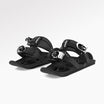

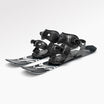
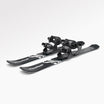

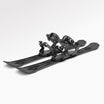

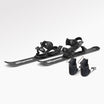






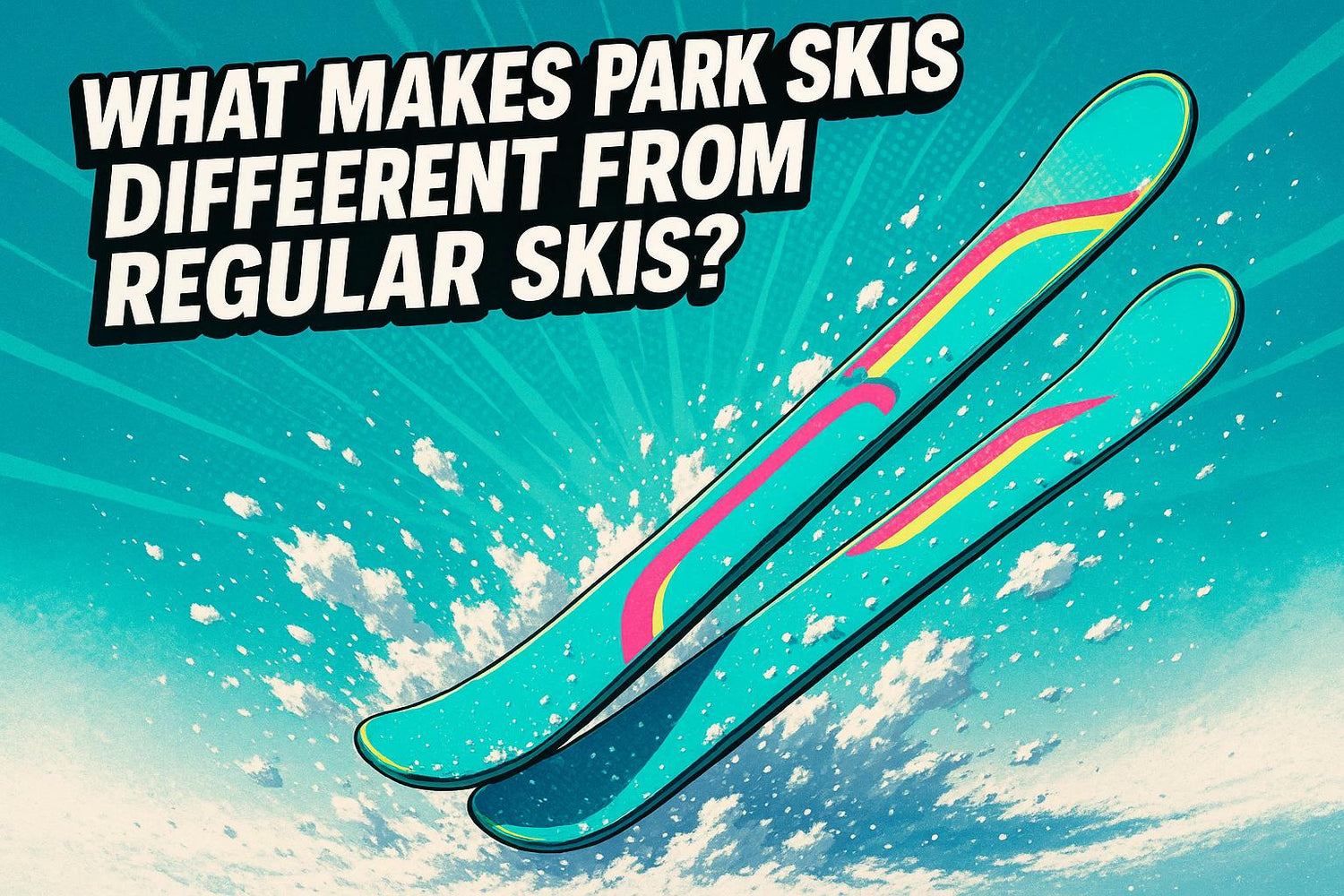
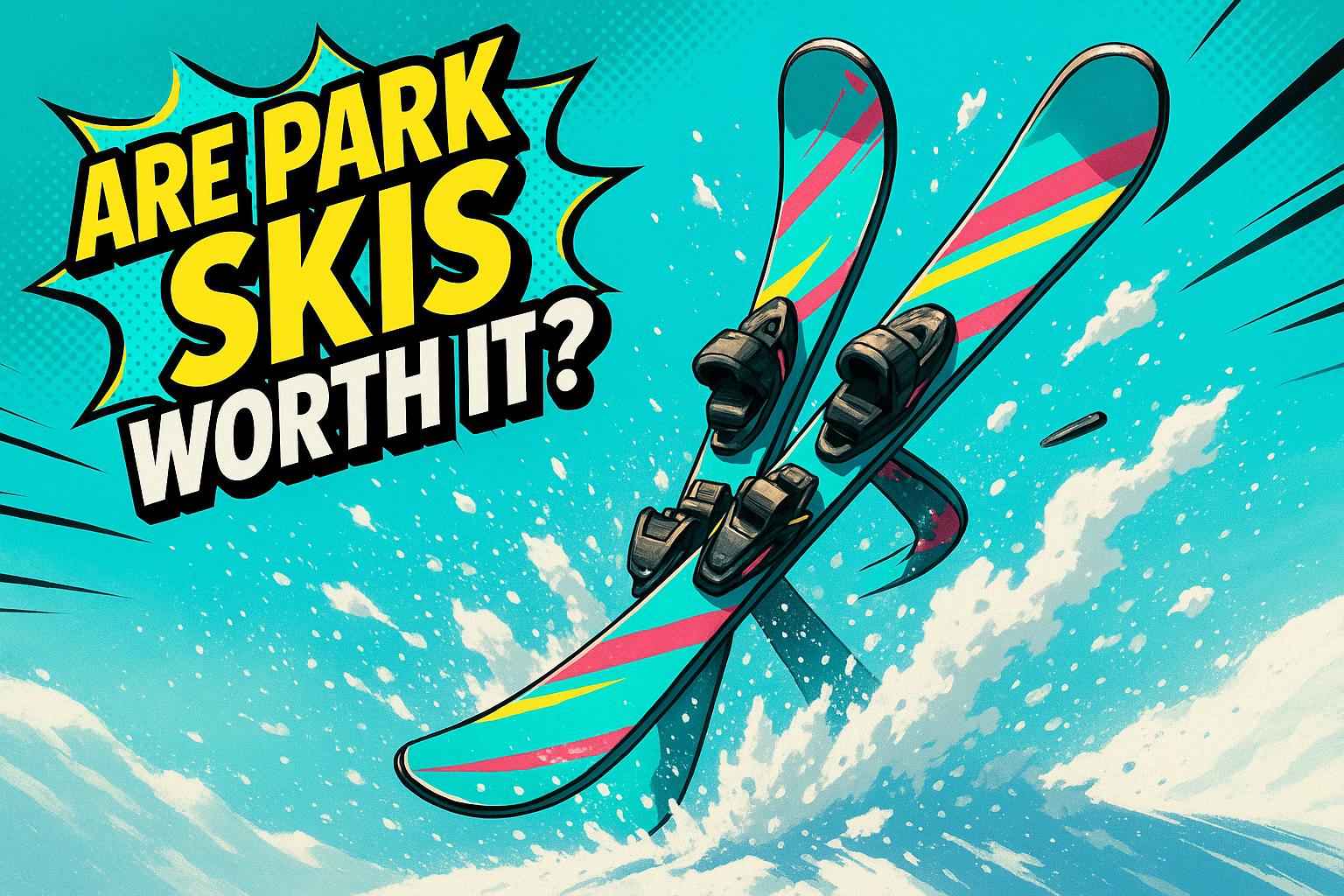
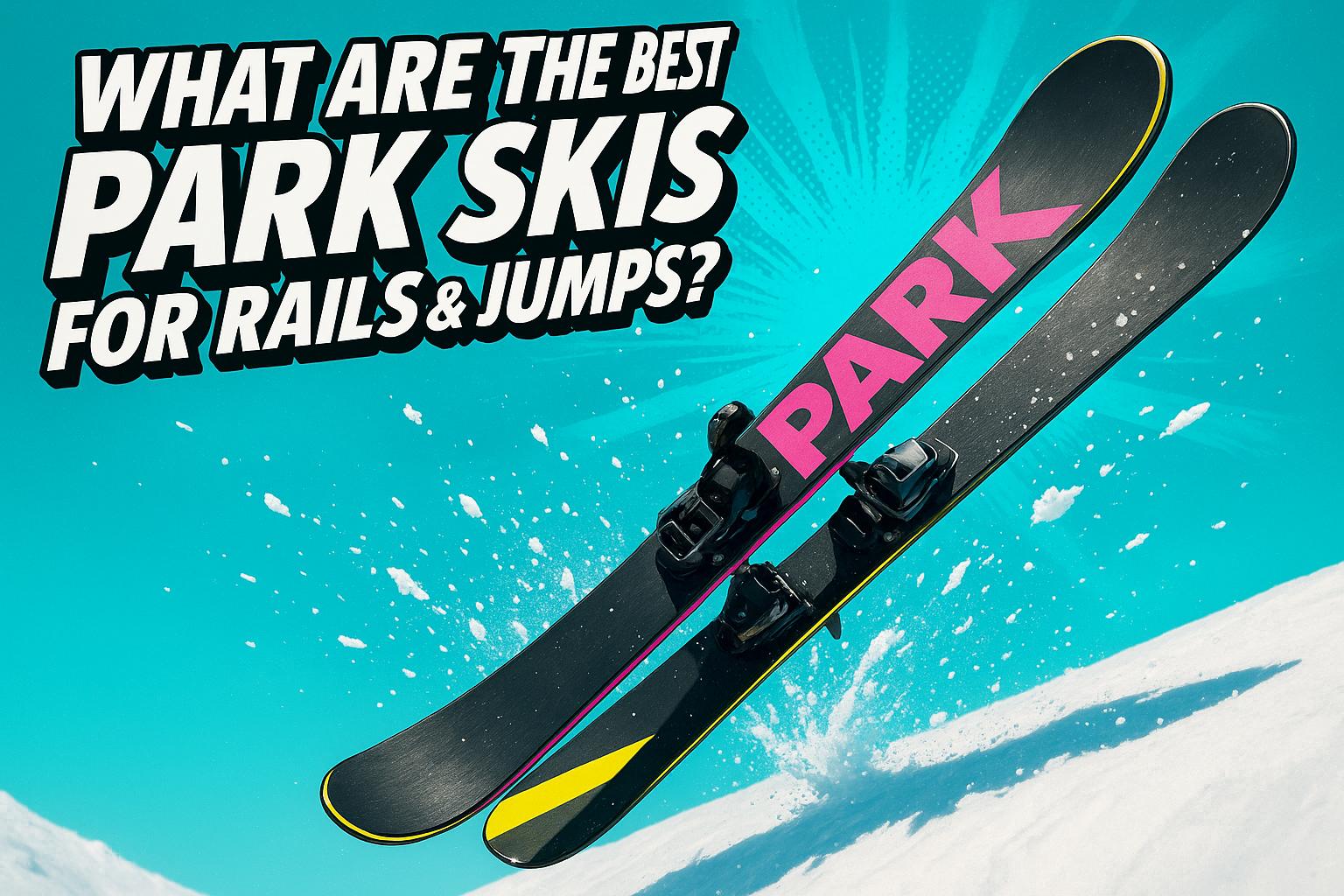

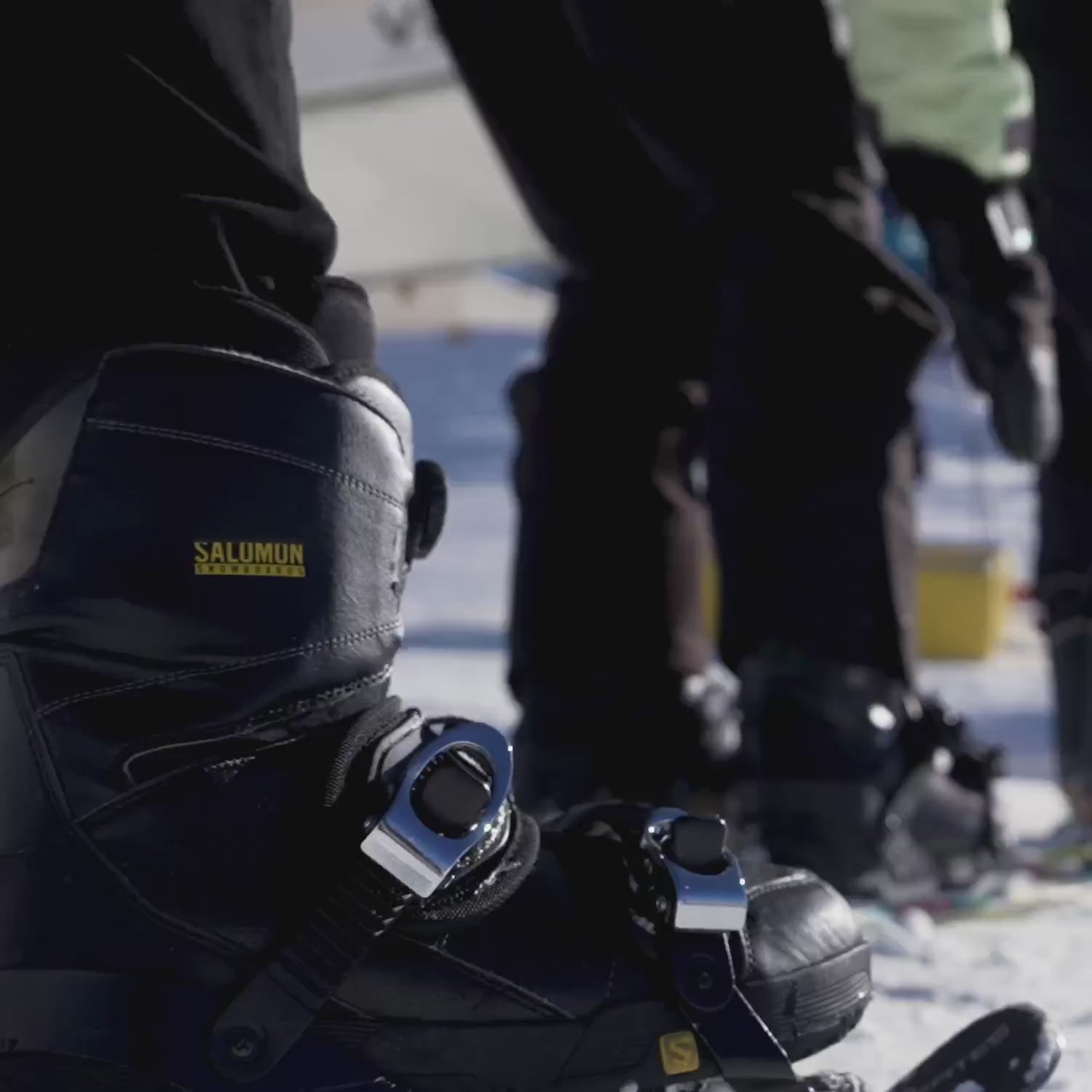

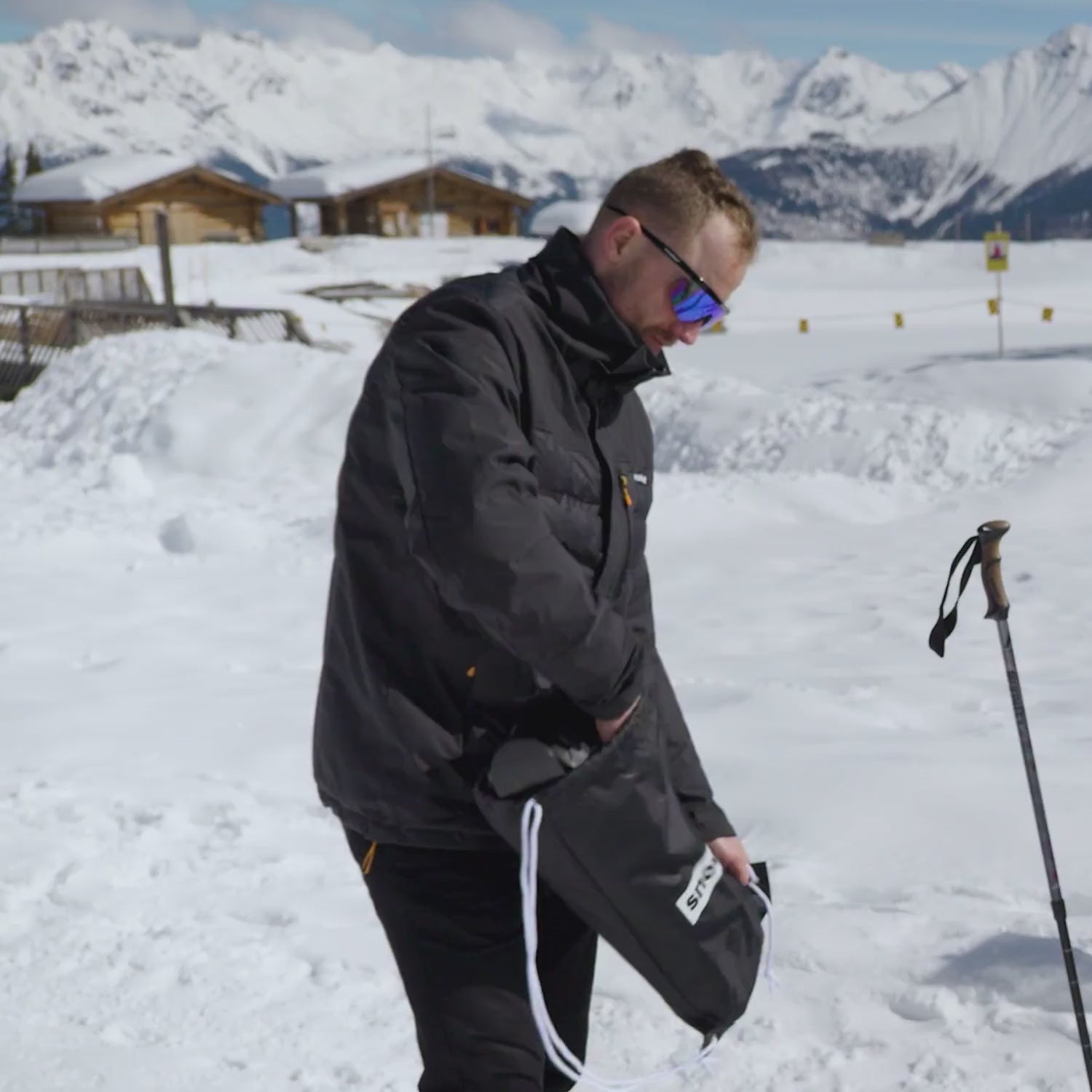
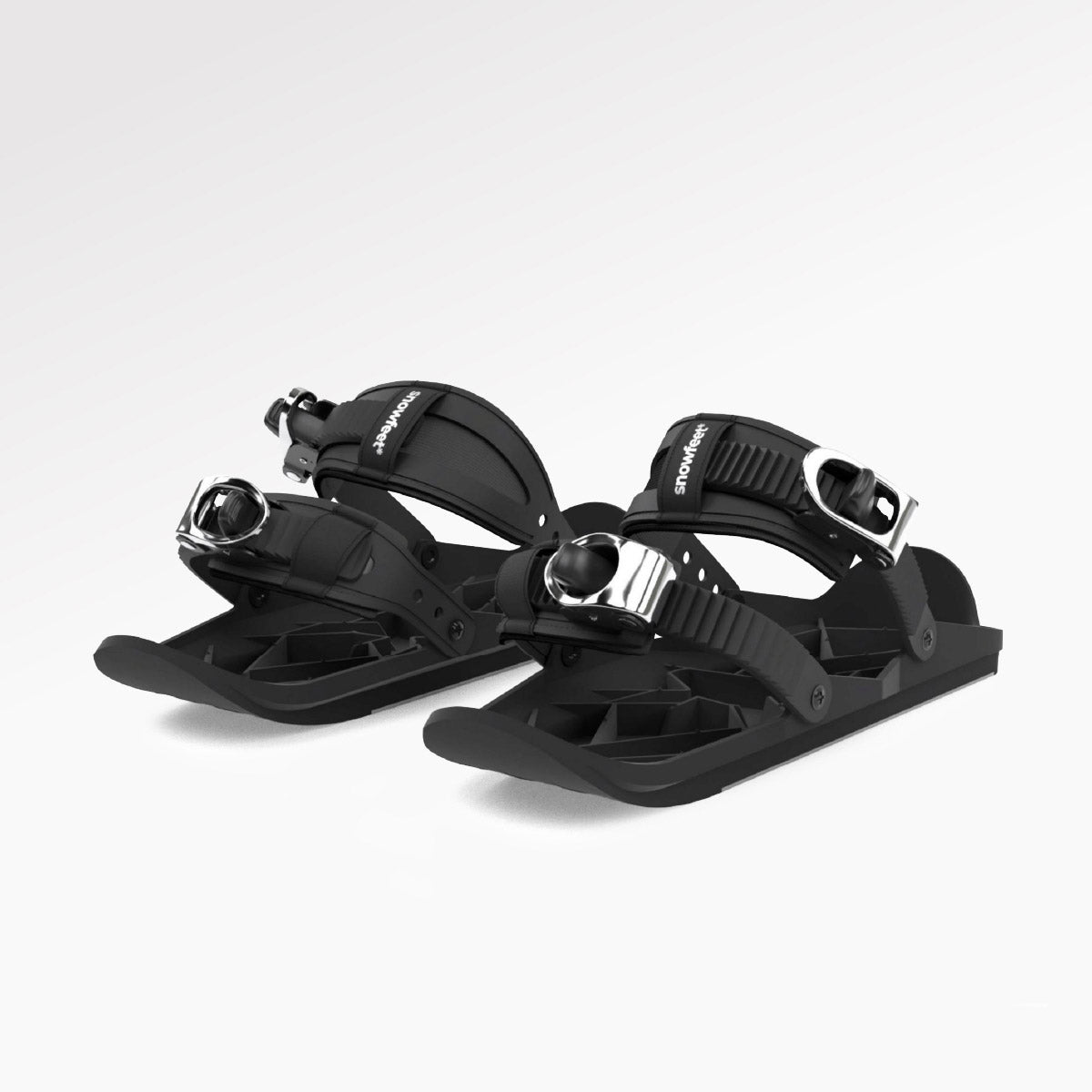
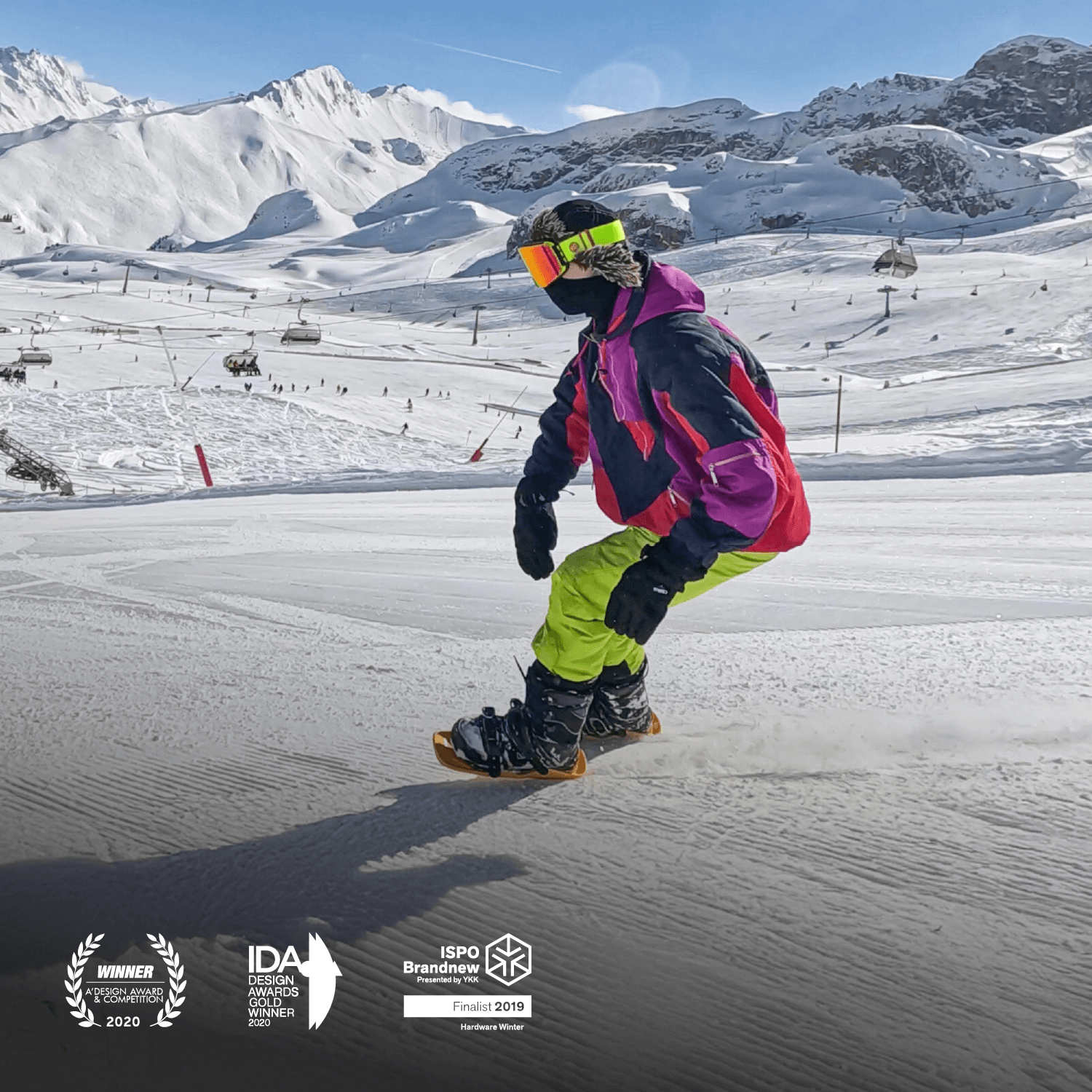
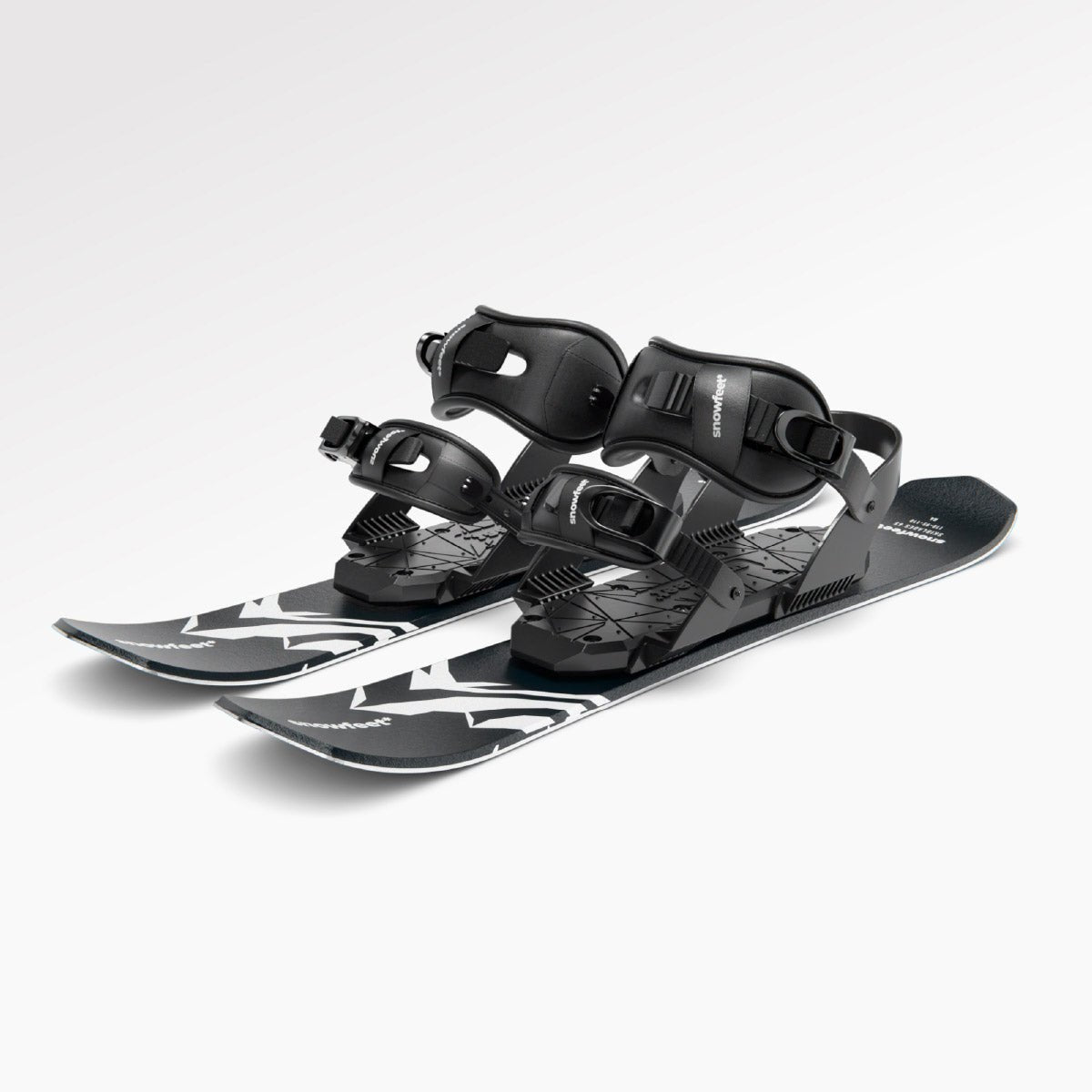
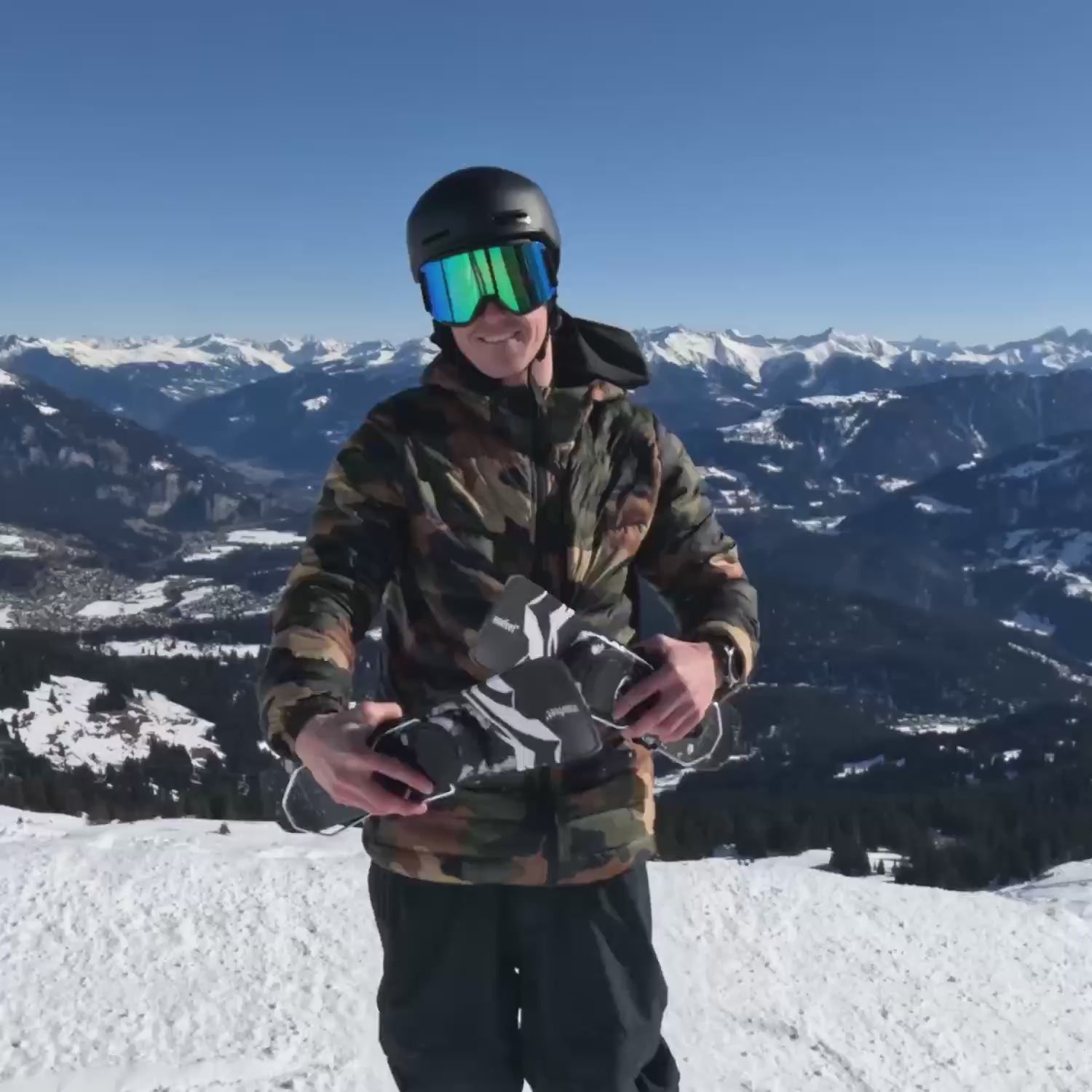
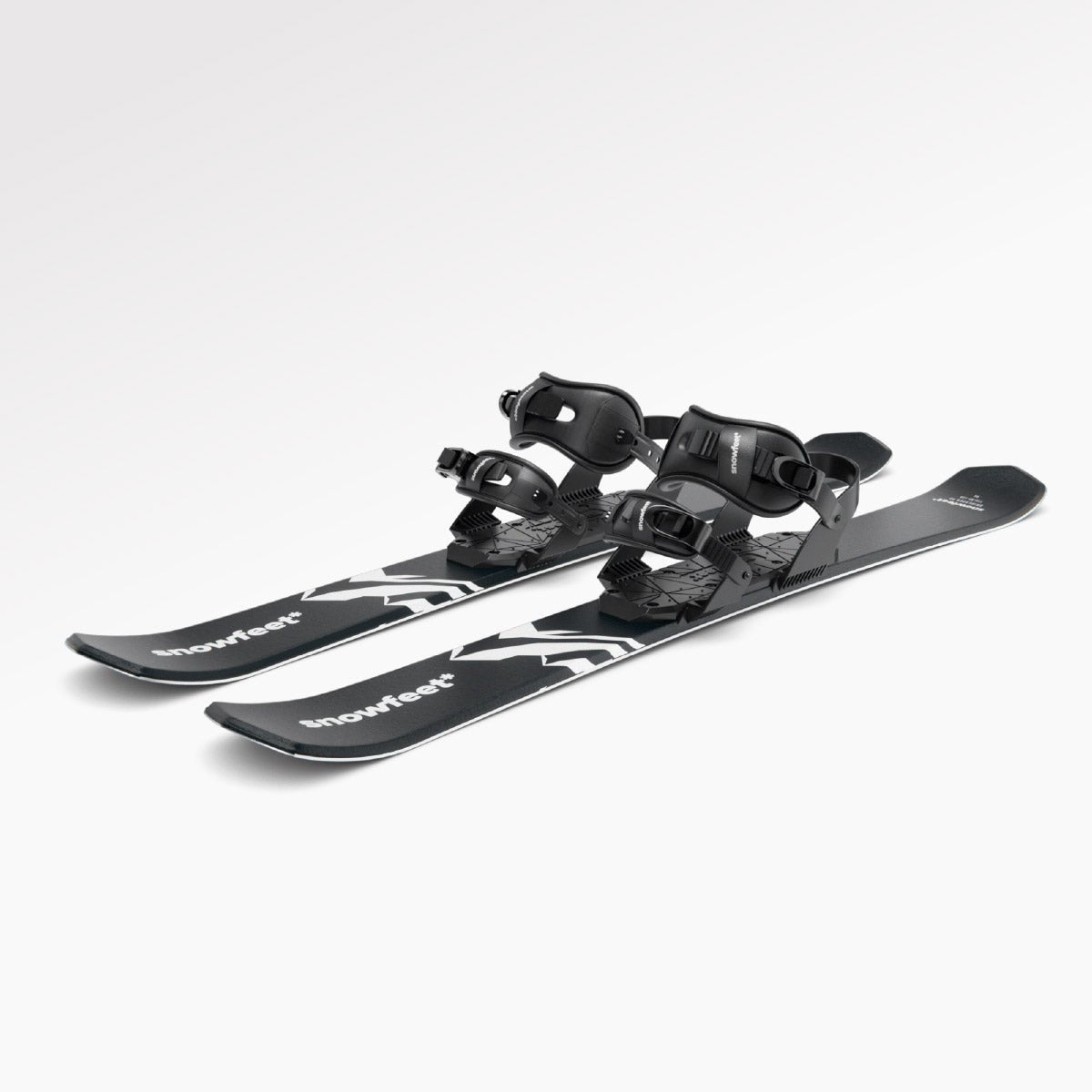
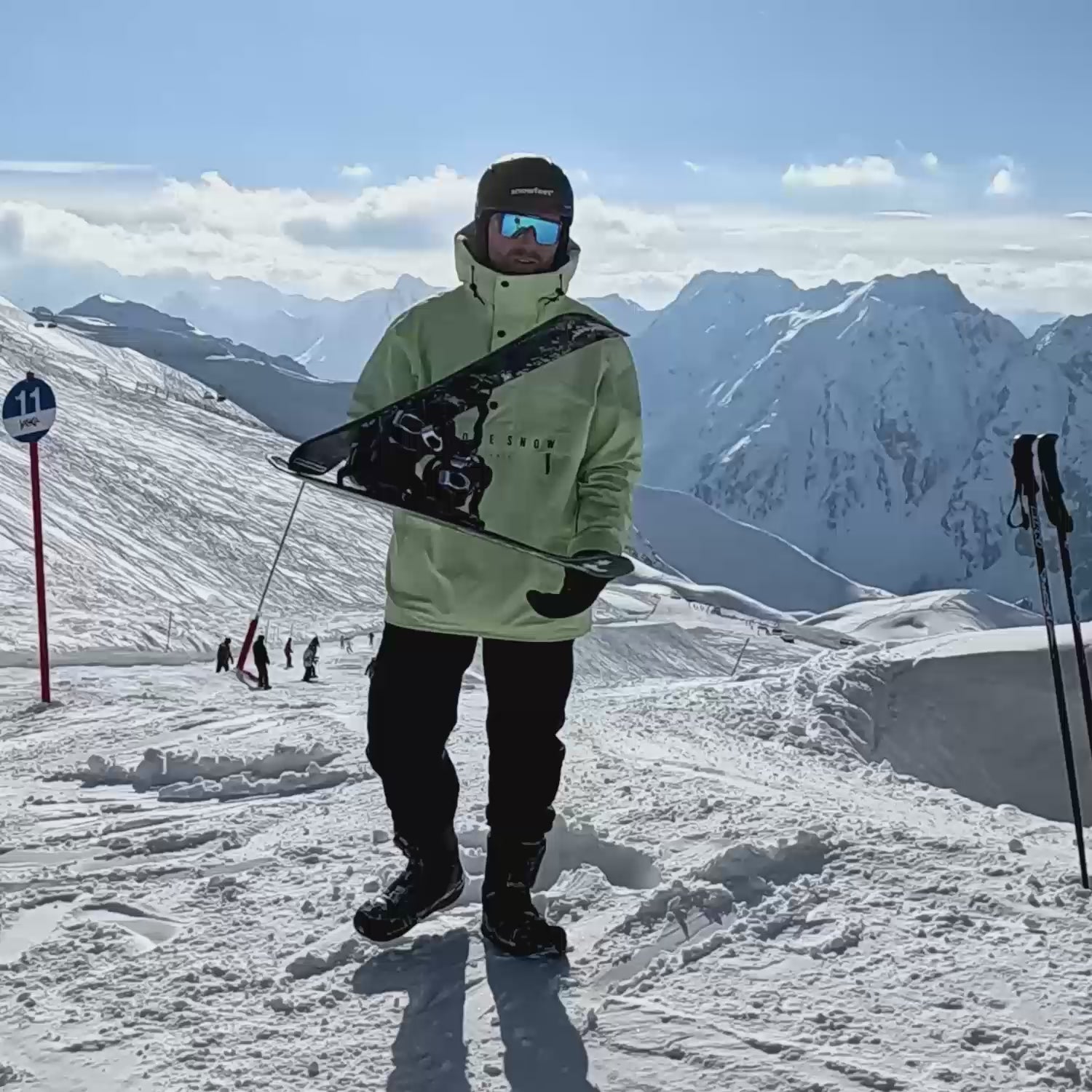
Leave a comment
This site is protected by hCaptcha and the hCaptcha Privacy Policy and Terms of Service apply.